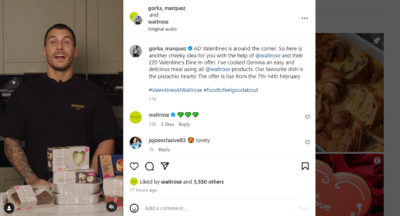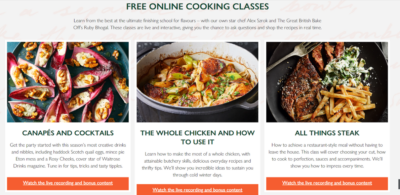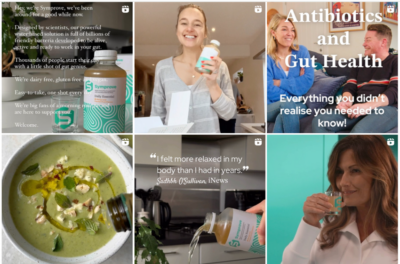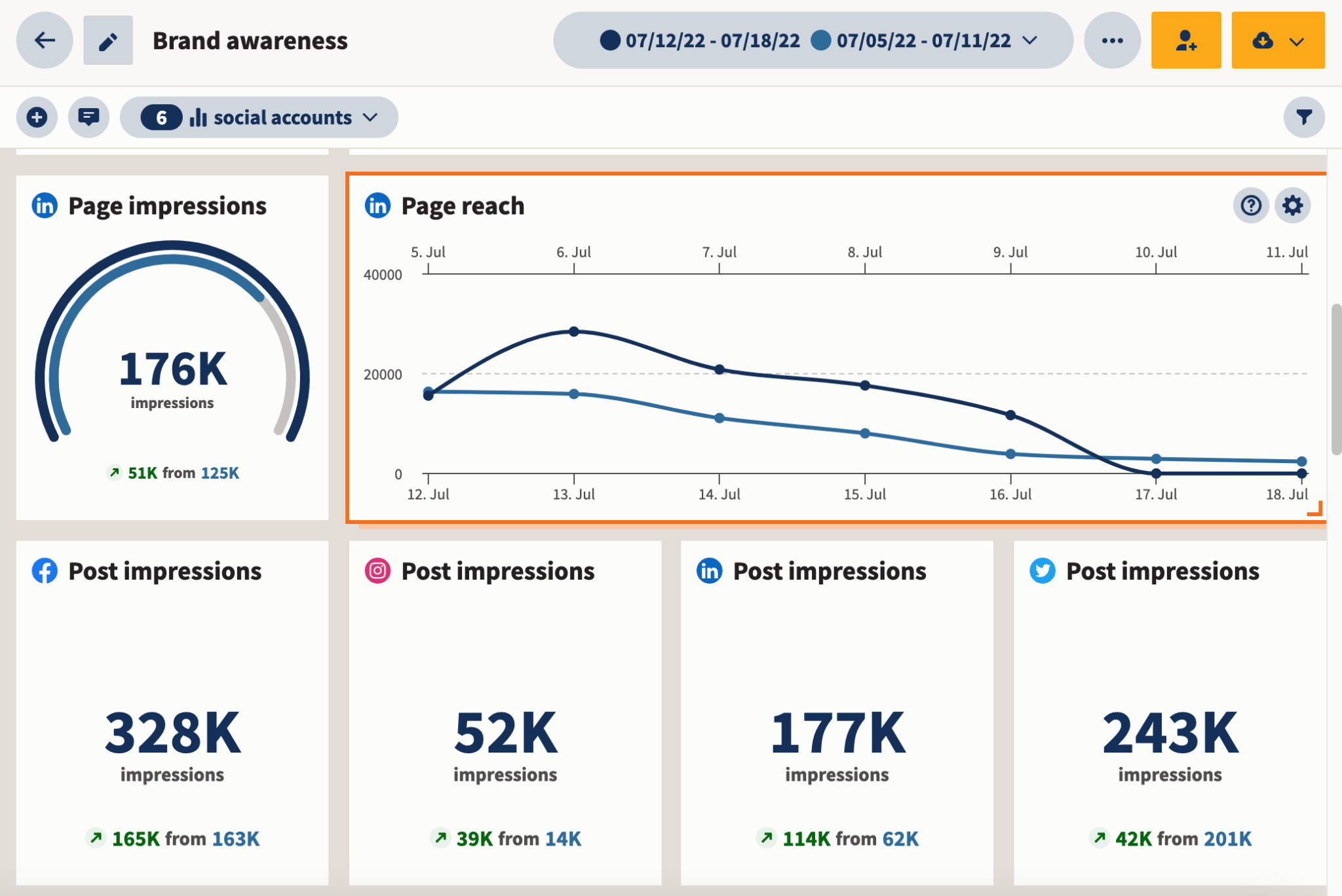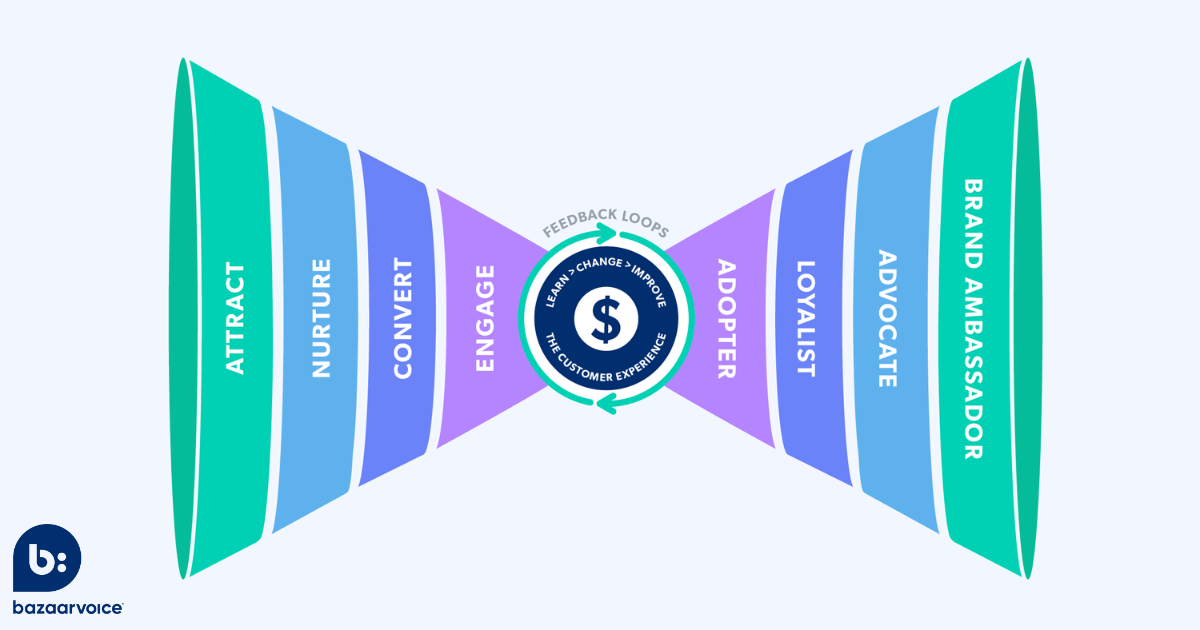How to Use Video to Showcase Your University
Video is one of the most powerful tools in higher education marketing. It brings your university to life for prospective students, alumni, funders, and the public. Done right, it builds trust, tells stories that stick, and sets you apart in a crowded sector.
This guide explores how to use video content strategically — to show what your university stands for, who it’s for, and why it matters.
1. Bring Student Life to Life
Students aren’t just choosing a course — they’re choosing a place to belong. Video helps them picture themselves on campus, meet the community, and imagine the life they could lead there. The more authentic and varied the content, the more it resonates.
Tips:
-
Capture real moments — move-in day, freshers’ events, study sessions, downtime.
-
Let students speak in their own words — avoid over-scripting.
-
Keep it short and platform-friendly: 30–90 seconds for Instagram, 60 seconds for TikTok, 2–3 minutes for YouTube.
-
Use vertical formats for social stories and reels.
2. Showcase Research in a Way People Understand
Your university is doing important work — but to get attention, that work needs to be understood. Video helps translate complex research into stories that engage external audiences, from prospective students to policy-makers.
Tips:
-
Focus on impact: what the research does, not just what it is.
-
Use animation or graphics to visualise data and processes clearly.
-
Keep it simple and jargon-free — write for a curious 16-year-old.
-
Include the researchers on camera to humanise the work.
Here’s a film we created for Southampton’s Photonics department about the impact of their work on battling climate change.
3. Tell Stories Through the People Who Make Your University Unique
The best university videos focus on people. Staff, students and alumni bring your values to life. When people speak from the heart, it builds credibility and emotional connection — something brand messages alone can’t achieve.
Tips:
-
Use unscripted interviews and conversational tone.
-
Film across departments, years, and roles to reflect your diversity.
-
Mix talking heads with b-roll footage that shows what people do, not just what they say.
-
Prioritise natural lighting, authentic locations, and real interactions.
4. Support the Recruitment Journey with the Right Content at the Right Time
Video can ease uncertainty, answer questions, and nudge action — but only if it’s aligned to where students are in their decision-making journey. From early inspiration to final enrolment, each stage needs a different kind of content.
Tips:
-
Use brand films and student life content at the awareness stage.
-
Share department-level videos and course explainers for students comparing options.
-
Offer how-to videos for applications, finance, visas and accommodation at conversion.
-
Embed video in key pages: subject landing pages, admissions, and FAQs.
Check out this film we created for Regent’s University London that talks about their luxury hospitality management course!
5. Inspire Alumni and Donors with Purpose-Driven Content
For alumni and donors, it’s all about impact — what their support has helped achieve, and why it matters. Video helps make that emotional connection, turning abstract causes into personal stories.
Tips:
-
Film scholarship recipients talking about what funding has enabled.
-
Highlight how alumni gifts have changed facilities, research, or student support.
-
Create short ‘thank you’ videos for donor stewardship.
-
Repurpose content for events, emails, and social channels.
6. Get More Value from Every Shoot
You don’t need a big production every time. One shoot can generate multiple pieces of content if planned properly — helping you stretch your budget and keep your channels active.
Tips:
-
Capture both horizontal (YouTube/web) and vertical (social) footage.
-
Plan interviews with multiple uses in mind — short clips, reels, long-form edits.
-
Get extra b-roll while you’re on campus: people walking, chatting, studying.
-
Create a visual content library for future edits and seasonal reuse.
Final Thought: Lead with Story. Let Video Do the Work.
Video isn’t just a marketing add-on. It’s one of the clearest ways to express who you are, what you value, and how you’re changing lives. When you lead with real stories, real people and real purpose, video becomes more than content — it becomes proof. Give us a shout if you want to create video content for your University!




